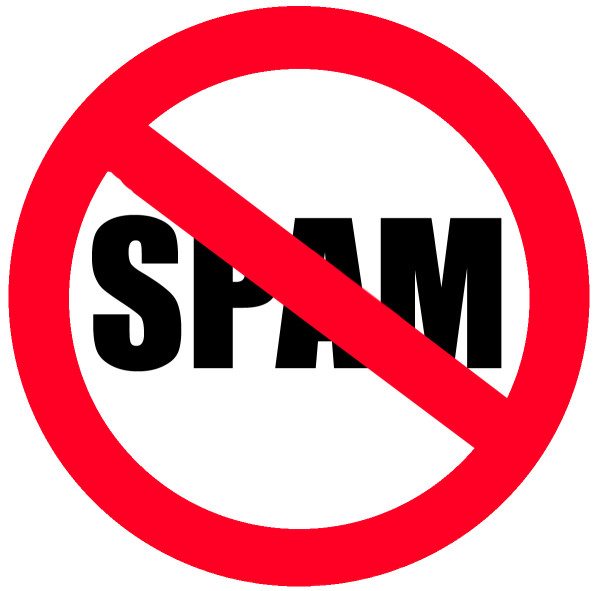Comments on posts are a great way to engage readers (or customers) and build credibility for your brand or business. There are two things that can ruin it, though, trolls and comment spam. Trolls post vitriolic or incendiary comments with the sole intent of drawing you into a pointless argument, while comment spam is intended to lure users into clicking a link–often to a malicious website.
You have to guard your site and your comment threads against both. A new report from Imperva finds that the majority of comment spam actually originates from less than 20 percent of comment spammers. If you act to identify and block comment spam activity early and often, your site will be less attractive as a target, and more attractive to customers.
Here is an excerpt from what I wrote on this topic for PCWorld:
One of the best ways to demonstrate expertise and establish a positive reputation for your business or your employer is by sharing information through posts on a website. And one of the best ways to engage customers is to allow comments on those posts and to respond to them. If you’re not careful, though, spammers will derail your comments and possibly drive potential customers away.
A new report from Imperva reveals that 80 percent of the comment spam originates from less than one-third of the spammers, and a mere 17 percent of comment spammers actually account for a majority of the comment spam traffic. Imperva also found that nearly 60 percent of comment spammers are active for long periods of time.
Wikipedia defines comment spam as “a broad category of spam bot postings, which abuse Web-based forms to post unsolicited advertisements as comments on forums, blogs, wikis and online guest books.”
Simply put, it is an unwanted solicitation. Just like email spam for Viagra or low-interest home refinancing that are hopefully automatically detected and siphoned off to your junkmail folder, comment spam interjects ads into the comment thread of a blog post.
The comment itself is sometimes at least remotely related to the topic of the post, and generally contains a link that the spammer hopes you will click. Frequently, though, the comment spam has nothing to with your post or the conversation about it and may even be worded as if it was intended for someone else and “accidentally” shared with you—revealing tidbits of information with the intent of baiting you to want to learn more by clicking a link…
Read the full article at PCWorld: Vigilance is the only cure for comment spam.
- Rethinking Cybersecurity in the Age of AI and Digital Twins - August 25, 2025
- 10 Clever Tech Gadgets Every Student Will Actually Use - August 21, 2025
- The Evolving Face of Ransomware — and How We Can Stay Ahead of It - August 15, 2025




This article notwithstanding, you get an average what 10 15 comments approved per post? Looks to be the same on your personal blog. These preventive measures are okay for modest needs, but it s poor advice for anyone with a well trafficked site.